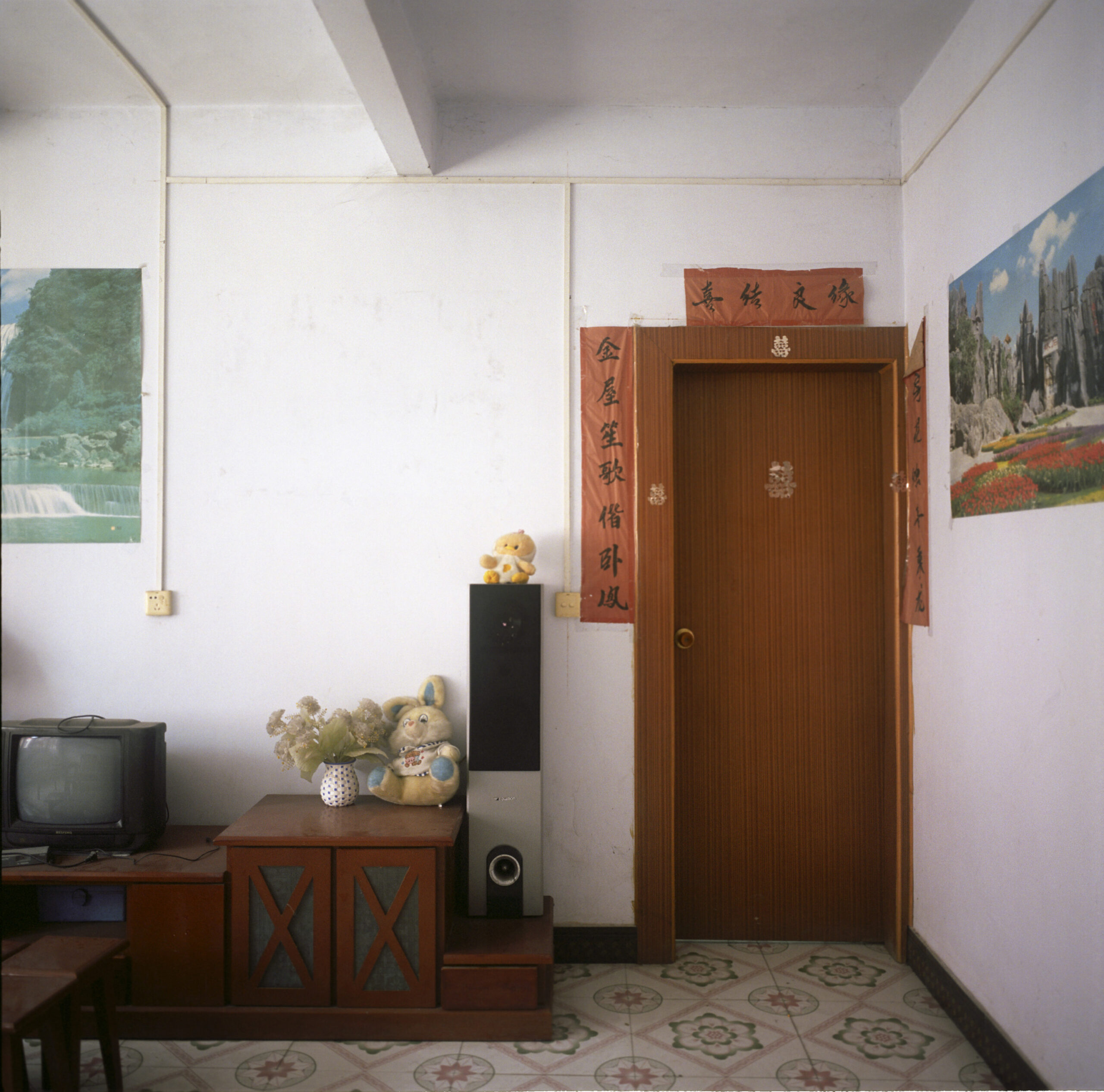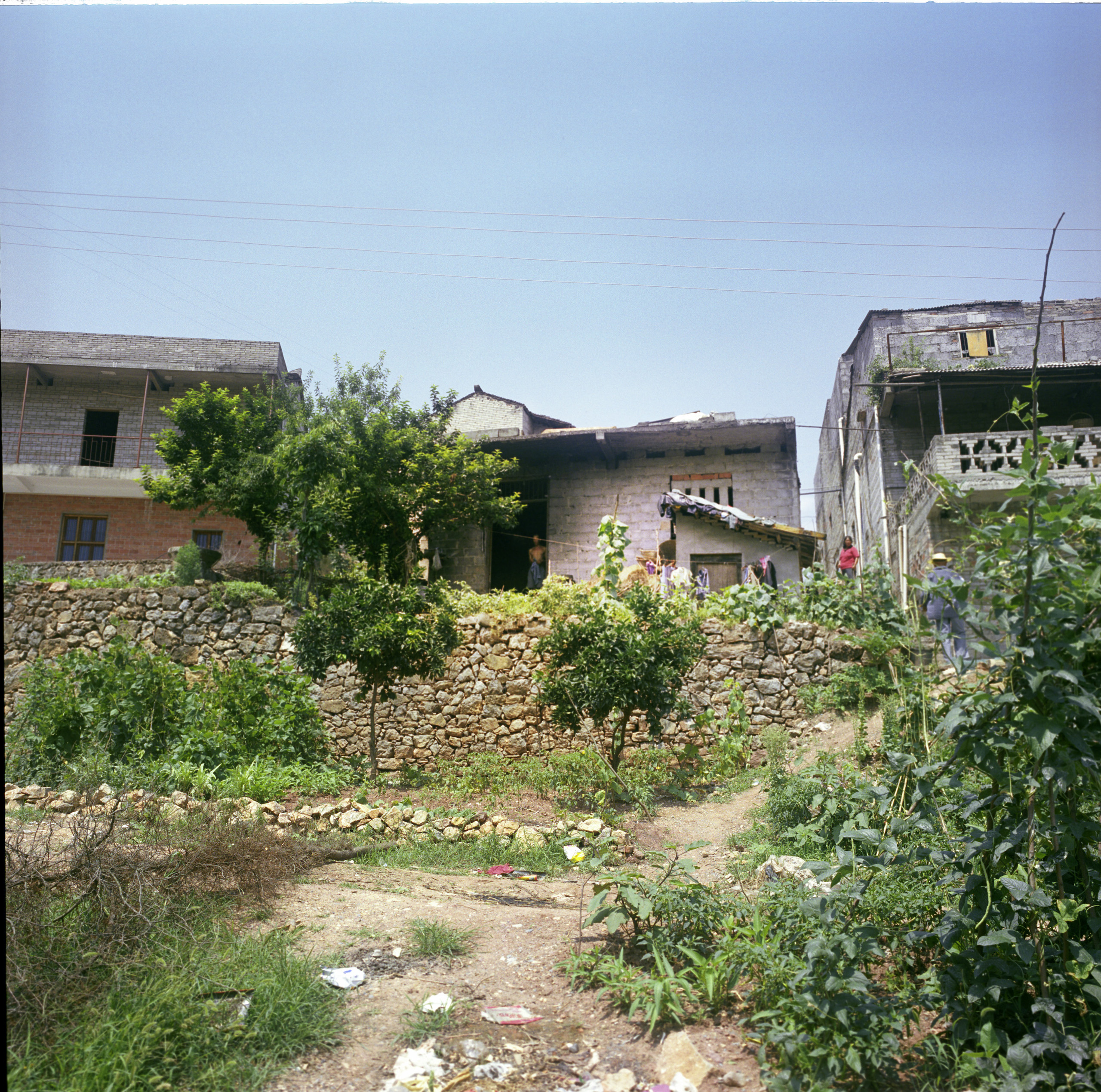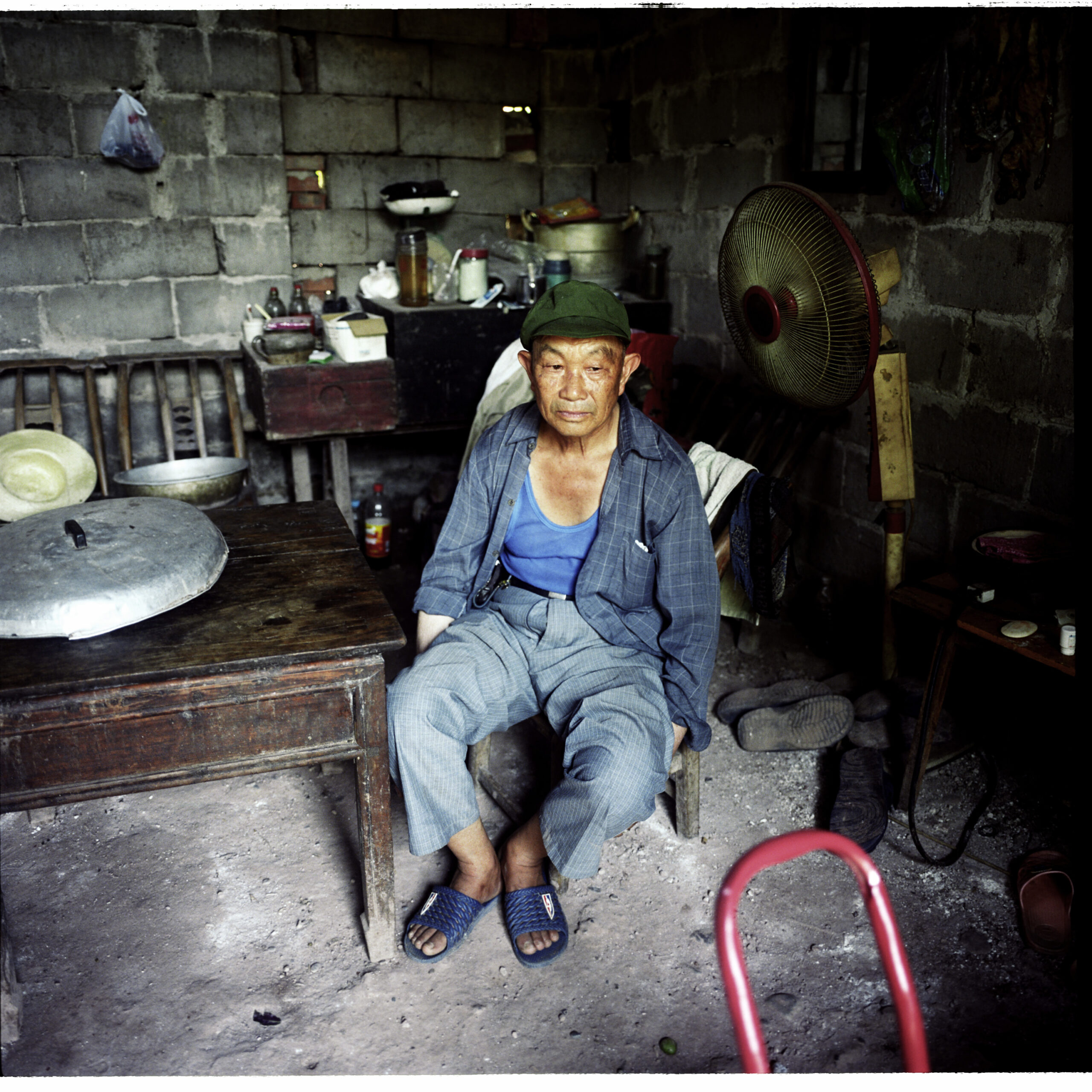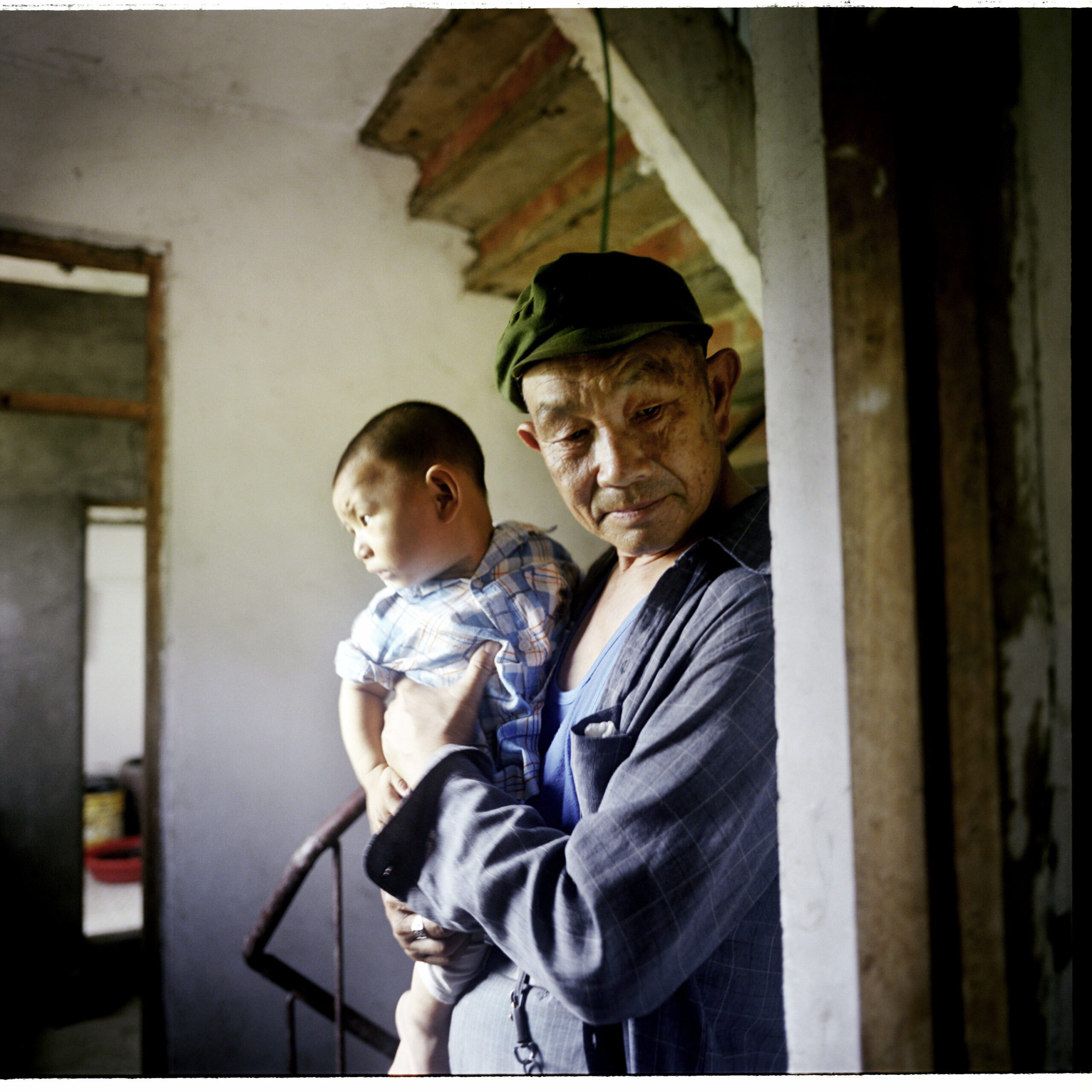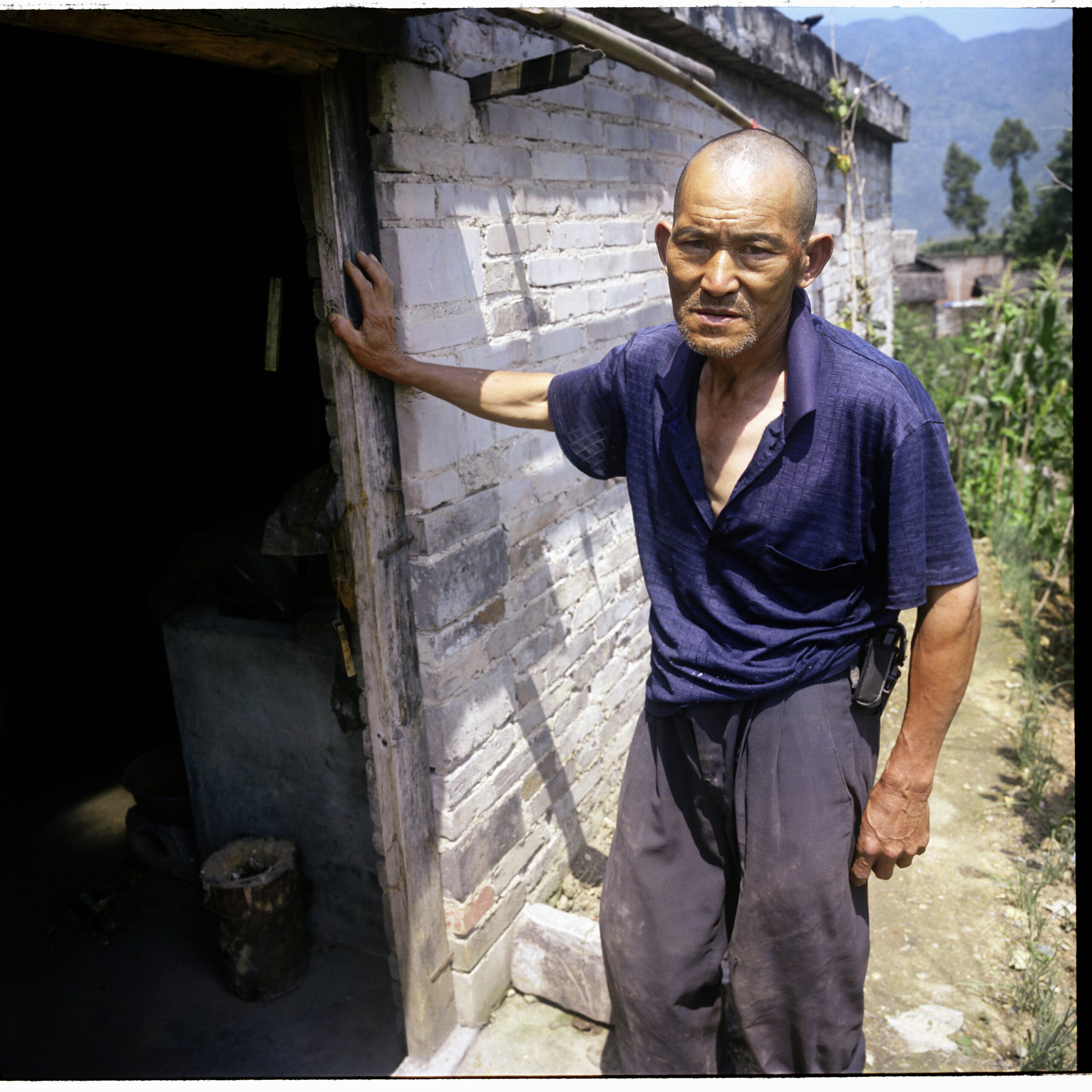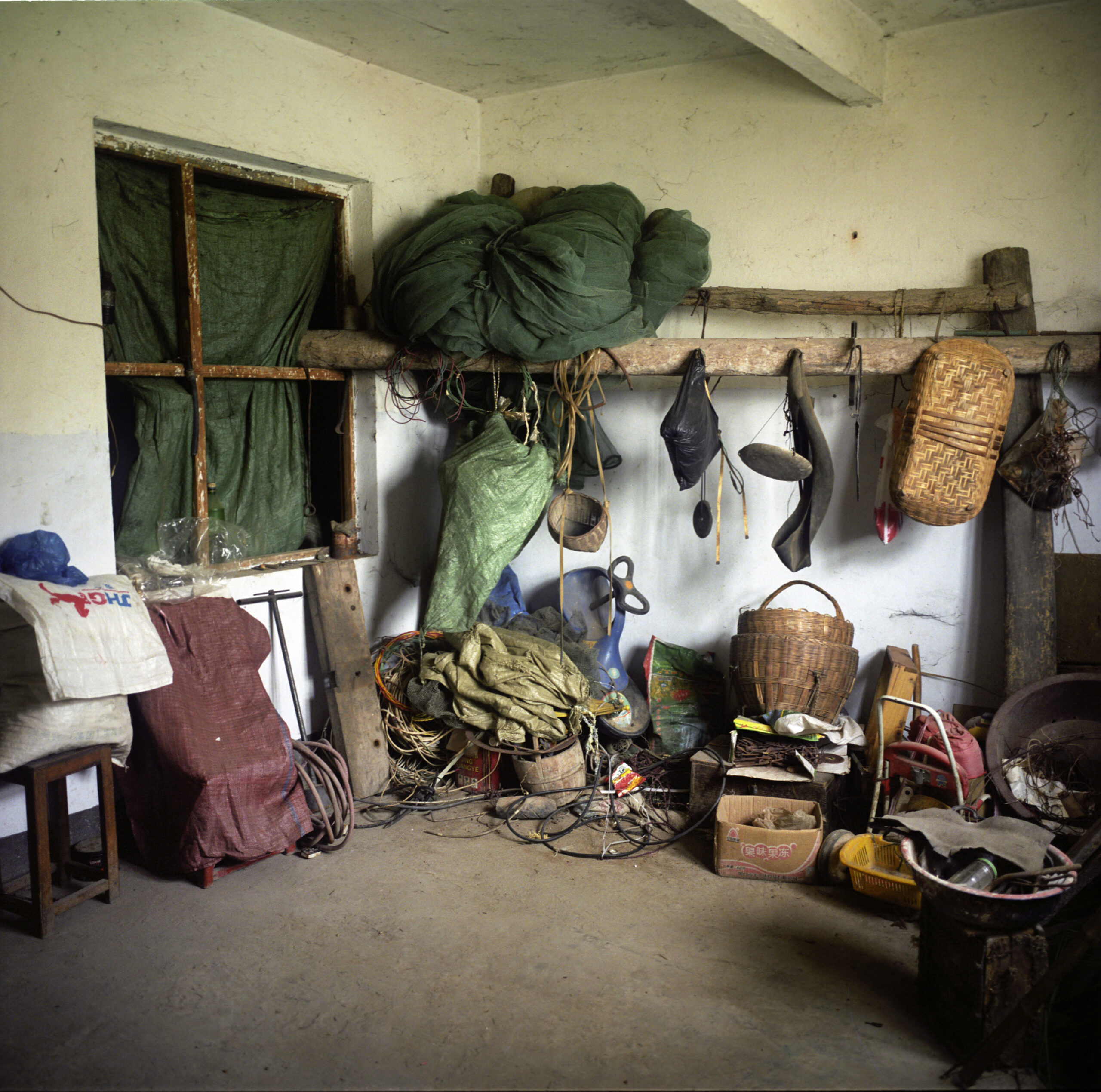Looking for He Guizhen
Chapter 2 – Guihua Village 桂花村
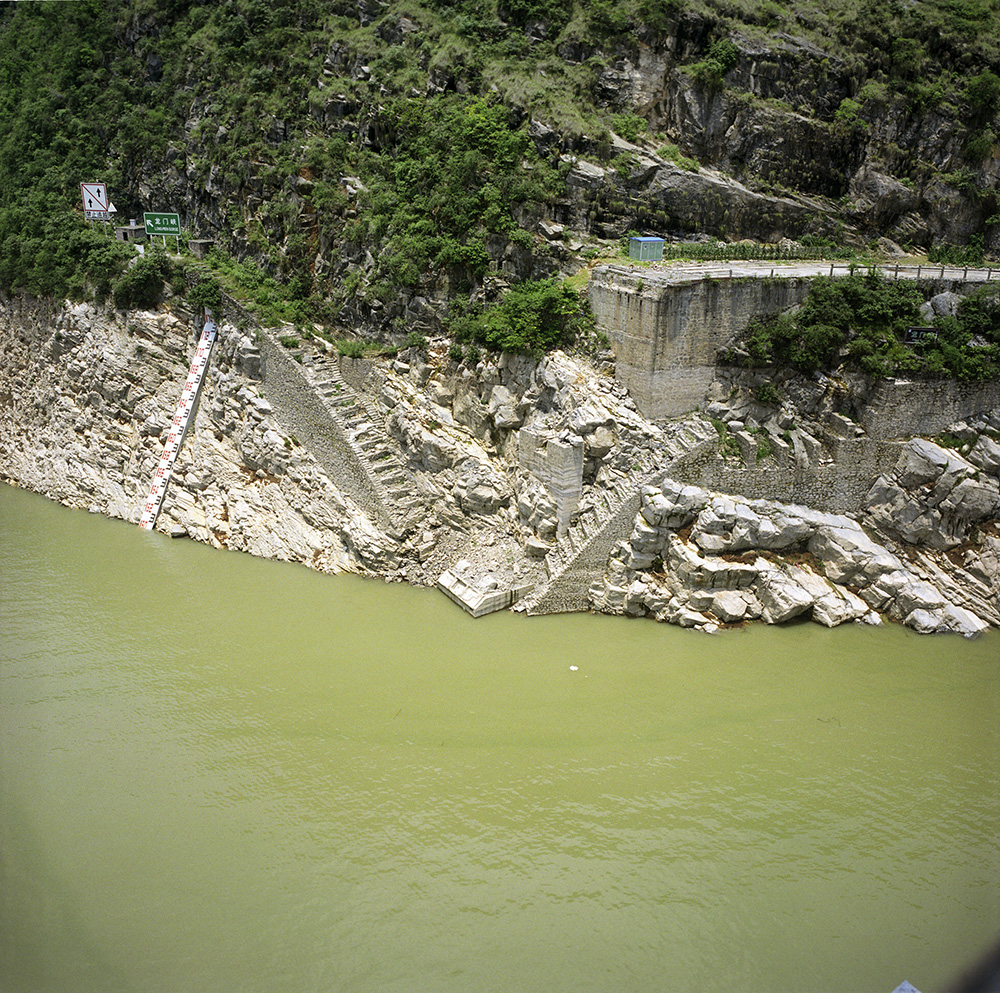
It was very hot and humid in late June in Chongqing. I took the bus from Chongqing to Wushan via Wanzhou.
When I recall what I did back in 2011, it seems impossible. I was looking for Mr. He Guizhen, one of the main subjects of an article in the China News Weekly about the returning Three Gorges Dam migrants. I had no idea how to find him nor did I have any connection to him. The article mentioned a village in Wushan where Mr. He Guizhen was originally from. In Wushan, I was hanging out on the streets, asking the taxi drivers if any of them knew the village which had been submerged. I wanted to go to the village to find someone who knew Mr. He and could tell me his whereabouts.
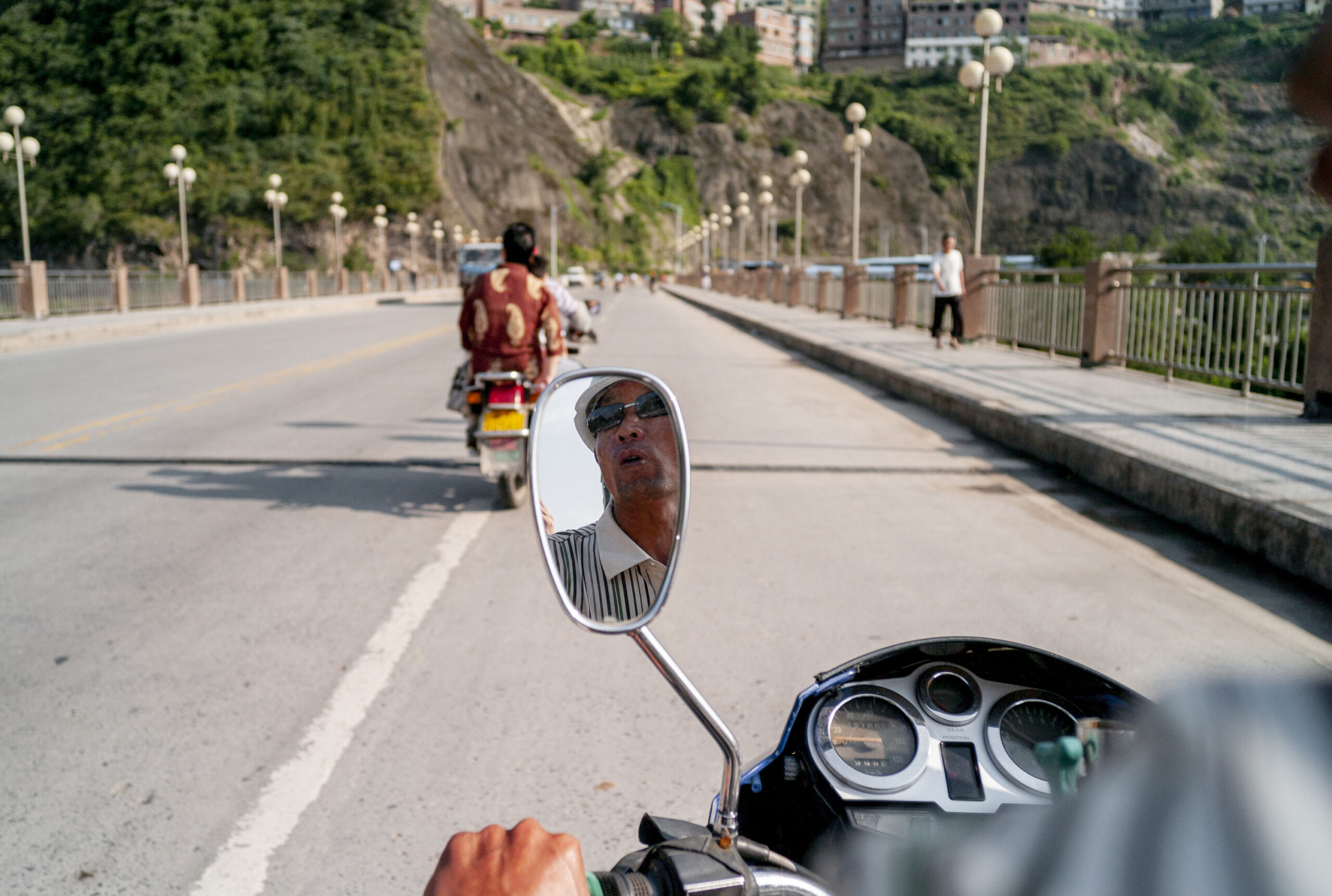
Mr. Wu Wenxing was operating his motorcycle as a taxi in Wushan. He was taking me to a village in Wushan as I was looking for He Guizhen. Wushan, Chongqing, China, June 2022
In the evening of June 24, 2011, I encountered Mr. Wu, who drove his motorbike as a taxi. He told me he had heard of the village – Dongping Village – and the village to which some of the original residents had moved. I didn’t know what I was getting into but I was excited – at least I could go somewhere and meet some people.
The following morning, we met again and set off to look for Mr. He Guizhen. Back then the modi (motor taxi) was very popular in the region. It is easier to maneuver through traffic and the narrow streets than a car. At the same time, their regulation was very lax and riding on it could be dangerous.
The village is located on the other side of the river in Wushan. After traveling meandering and unevens roads, we arrived. The first sign of the village was the sudden appearance of a street with a few stores on both sides. Mr. Wu parked his motorcycle and went up to a store. He took the liberty of introducing us and said I was a reporter who was writing a story. I was a bit surprised by people’s responses: quite open to speaking to the “reporter” about their stories and experiences. No one was suspicious nor did they ask to see my credentials.
We were invited into Mr. Yang’s store which was on the ground floor of his family home. Mr. Yang’s wife ran a tailor shop which occupied half the space. There were shelves with some goods and several stools in the other half. It seemed to me Mr. Yang’s store was also a meeting point for many villagers. People came in to buy something or just to chat a bit.
While we were chatting in Mr. Yang’s store, a man was sitting there with a young child about two years old. He could neither speak nor walk yet. He was sitting on a sheet of plastic which provided some protection from the raw concrete floor and remained very quiet for the entire time. The man’s name is Dai Chenxing. He was also from Dongping Village and had migrated to Guihua Village which is located on the upper part of the hill. As per Mr. Yang, Mr. Dai was one of the poorest in Dongping Village and his wife had passed away 30 years earlier. Because his wife’s Hukou was in Anhui, the complicated system made him the only person in the household of 4 people to hold a Wushan Hukou. The others remained with a Hukou from Anhui. The status severely impacted his and his family’s eligibility for compensation and he was the only one to receive the benefits. It also made it impossible for him to migrate to another province. He used the compensation money to build a house (a shack). His son’s eyesight had been impaired since birth. However, he was “married” to a woman who has genetic mental illness. According to Mr. Yang, the woman was a run-away wife from neighboring Hubei province and had been abused by her first husband. As her marriage to Mr. Dai’s son was not legally recognized, their child could not be registered in the Hukou system. In other words, the child, who had inherited a genetic developmental issue from his mother, was not recognized by the government.

Guihua Village, Mr. Yang Shin’s home. The woman in the last three images is Mr. Yang’s wife. -Guihua Village, Wushan, Chongqing, China, June 2011
Mr. Dai led me to his house at the top of the hill. Back at home, he put his grandson into a stroller. His father, son, and daughter-in-law were at home. The woman in a purple T-shirt was the runaway wife from Hubei. Mr. Dai showed me his room. The living conditions were very dreadful. Mr. Dai’s son appeared to have issues communicating.
Compared to Mr. Dai, Mr. Yang’s family was much better off. His family was forced to leave Wushan and move to Liangping in 2001, but ultimately moved back. Mr. Yang showed me the house that he had built. On the second floor, there was a living room with a TV and karaoke machine. A banner above the door and the double happiness decorations indicated the floor was for Mr. Yang’s son to get married. His son and family went to Chongqing to work and had a better income. Looking at the dust on the stools and coffee table, it was obvious the room had not been occupied for a while.

As the waters rose 100 meters after the completion of the Three Gorges Dam, Pipa Zhou where He Guizhou was from, was one of the 1,350 villages along the Yangtze River that were submerged. - Guihua Village, Wushan, Chongqing, June 2011
We went up to the third floor which had a terrace. The family used the terrace to dry fish and vegetables. Farming tools were stored in a room on the third floor as well. As we went through the floor, a white canvas banner on the wall caught my attention. There was a vivid red cross symbol painted on the banner. Mr. Yang told me that he was a Christian. Because of this, the local police had been giving him trouble and at one point he was arrested and spent several days in the police station. He told me the local police officers said his practice of Christianity was illegal. The variety of Christianity he practiced was considered rebellious by the government.
From the rooftop, Mr. Yang pointed to the river down below. It was where his old village was. Mr. He Guizhen was from that village as well. From the roof, I could see a street with two rows of houses on each side. The houses stood out with the white and red ceramic tiles façades. Obviously the houses were not occupied. I asked Mr. Yang about it. He told me that those houses were intended to be allocated to the migrants who moved up from the submerged villages, however the local village government held them and asked the migrants to purchase. The asking price was too high for the villagers and the quality of the construction was poor. No one purchased them. Like Mr. Yang, many settlers purchased a bit of land to build their own, including Mr. Dai.

In 1996, the state invested more than one million Yuan to build 13 houses for the villagers who were moving to the higher part of the hill along the river. However, due to the high price that set by the local village authority and the extreme poor quality of construction , no villagers wanted to purchase the assigned house. Since the completion, none of these houses has been occupied. - Guihua Village, Wushan, Chongqing, June 2011
The street and the houses reminded me of the projects we did in 1996 to 1997 when I was a student of architecture at Chongqing University. This was the peak time for construction of projects for the migrants displaced by the Three Gorges Dam project. The professors were taking on many such projects as a side job. The students were subcontracted to help as well. For us, it was an opportunity to make some extra money.
Things were happening at a very fast pace. Typically, we needed to turn in sets of drawings for concept design or schematic design in a few weeks. We never had a chance to visit the site or meet with the end users. Honestly, we were not even interested in knowing any of these. We designed the houses with commercial space on the ground floor and thought the commercial component would create a dynamic street and community. It was a cookie-cutter template to be applied to the majority of projects.
I now know what exactly we did. It was a source of guilt and shame to me, while there were plenty of things to blame. However, the exact role I had played in the whole game as a conscious individual is very important. I hope everyone realized it.
Most of the villagers knew Mr. He Guizhen but no one knew nor wanted to tell me where I could find him. Nevertheless, this particular trip had a profound effect on me. I went there and saw the exact streets and houses we “designed”. Since then, I have always paid close attention to the buildings.






